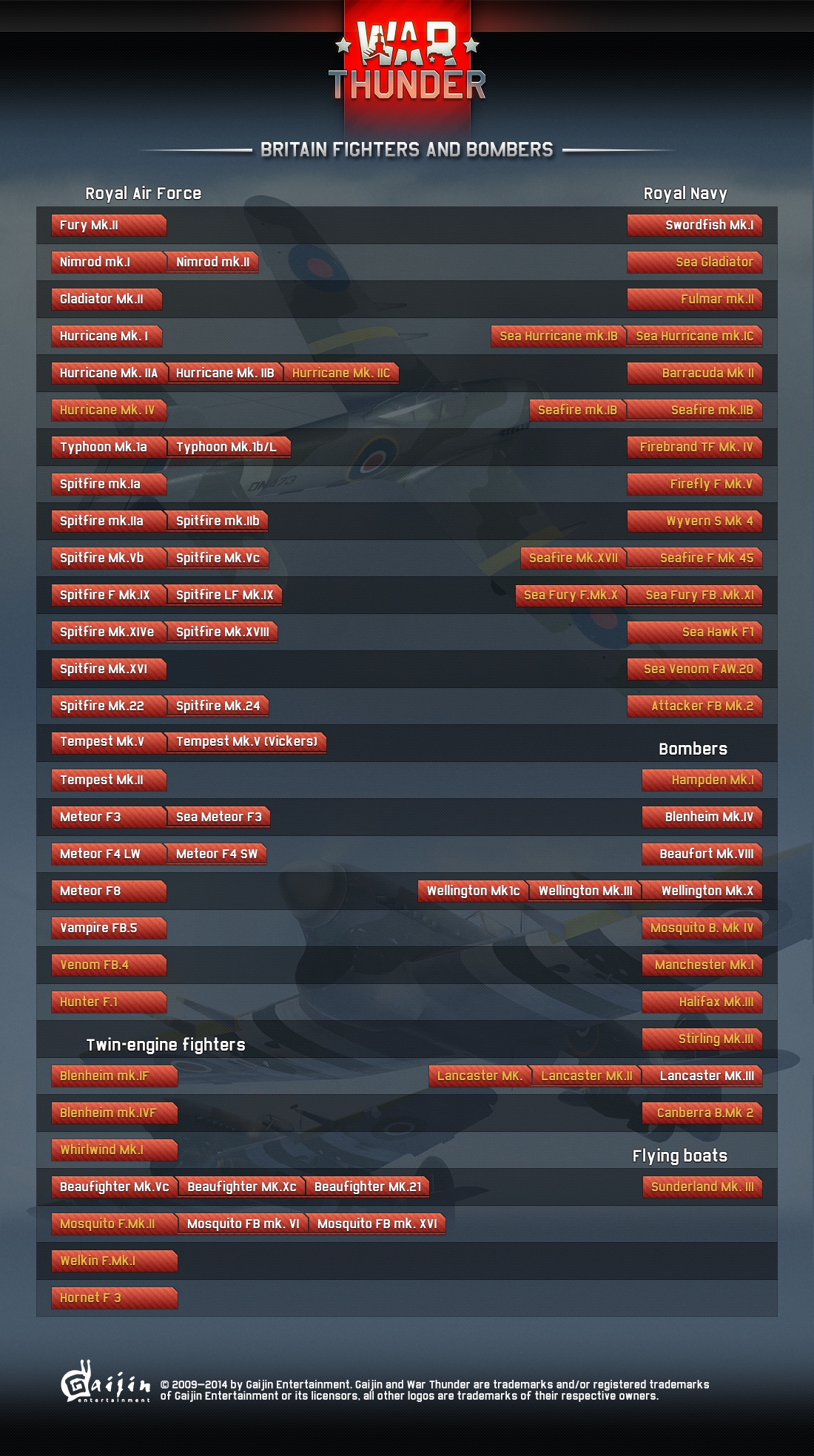
- For PC
- For MAC
- For Linux
- OS: Windows 10 (64 bit)
- Processor: Dual-Core 2.2 GHz
- Memory: 4GB
- Video Card: DirectX 11 level video card: AMD Radeon 77XX / NVIDIA GeForce GTX 660. The minimum supported resolution for the game is 720p.
- Network: Broadband Internet connection
- Hard Drive: 23.1 GB (Minimal client)
- OS: Windows 10/11 (64 bit)
- Processor: Intel Core i5 or Ryzen 5 3600 and better
- Memory: 16 GB and more
- Video Card: DirectX 11 level video card or higher and drivers: Nvidia GeForce 1060 and higher, Radeon RX 570 and higher
- Network: Broadband Internet connection
- Hard Drive: 75.9 GB (Full client)
- OS: Mac OS Big Sur 11.0 or newer
- Processor: Core i5, minimum 2.2GHz (Intel Xeon is not supported)
- Memory: 6 GB
- Video Card: Intel Iris Pro 5200 (Mac), or analog from AMD/Nvidia for Mac. Minimum supported resolution for the game is 720p with Metal support.
- Network: Broadband Internet connection
- Hard Drive: 22.1 GB (Minimal client)
- OS: Mac OS Big Sur 11.0 or newer
- Processor: Core i7 (Intel Xeon is not supported)
- Memory: 8 GB
- Video Card: Radeon Vega II or higher with Metal support.
- Network: Broadband Internet connection
- Hard Drive: 62.2 GB (Full client)
- OS: Most modern 64bit Linux distributions
- Processor: Dual-Core 2.4 GHz
- Memory: 4 GB
- Video Card: NVIDIA 660 with latest proprietary drivers (not older than 6 months) / similar AMD with latest proprietary drivers (not older than 6 months; the minimum supported resolution for the game is 720p) with Vulkan support.
- Network: Broadband Internet connection
- Hard Drive: 22.1 GB (Minimal client)
- OS: Ubuntu 20.04 64bit
- Processor: Intel Core i7
- Memory: 16 GB
- Video Card: NVIDIA 1060 with latest proprietary drivers (not older than 6 months) / similar AMD (Radeon RX 570) with latest proprietary drivers (not older than 6 months) with Vulkan support.
- Network: Broadband Internet connection
- Hard Drive: 62.2 GB (Full client)

Vampire FB.5, 771 Naval Air Squadron, Fleet Air Arm, Scapa Flow, Portsmouth, camouflage by _PhoenixFire_ | download it here
Up to 30% discount on following planes:

On December 3rd 1945, Lieutenant Commander Eric “Winkle” Brown made history as his de Havilland Sea Vampire touched down on the deck of HMS Ocean, the first carrier landing of a jet aircraft and the dawn of the jet age for the Royal Navy.
 |
| De Havilland Sea Vampire LZ551 with Lieutenant Commander Eric “Winkle” Brown at the controls. |
Following the success of the Sea Vampire’s early achievements in proving the viability of jet aircraft for the Fleet Air Arm, Gloster took two Meteor F3s and fitted them with Derwent Mk 5 engines and carrier arrestor gear. 32 landings were successfully performed on the deck of HMS Illustrious; however by this time the Meteor was beginning to show her age and was not adopted.
At the same time, between 1947 and 1955 de Havilland were still testing the Vampire at sea including some bizarre experiments with a rubberized flight deck fitted to HMS Ocean. The idea, in theory was to eliminate the need for landing gear and optimize the space for fuel and thus operational range of the aircraft. Needless to say the idea was not adopted through fears of the average pilot’s ability to operate jet aircraft in such conditions at a time when the aircraft themselves were ever evolving.
 |
| Hawker Sea Hawks from 806 Naval Air Squadron simultaneously start their engine cartridges on board HMS Eagle. |
The first jet aircraft to reach operational status with the FAA was the Supermarine Attacker in August of 1951. The Attacker was relatively unique as it used several parts of Supermarine’s neglected Spitfire replacement, the Spiteful. The wings, forward undercarriage and armament was all taken from the Spiteful piston engine fighter and the jet even incorporated a tail dragger configuration that was again rare for post-war jets. Whilst the land based version failed to impress the RAF in 1946, who were content with Vampire and Meteor production, the FAA took interest in Supermarine’s design. The navalized Attacker took to the skies in 1947 for the first time, with the production F1 models ready in 1950. The aircraft was however merely a stopgap for the more modern designs in the works for the Royal Navy and was retired by 1954.
Hawker had also been working on several jet designs of their own, including the P.1040 and P.1072 which culminated in the Sea Hawk, first flown in 1947. Initially Hawker looked to simply evolve the Tempest/Fury/Sea Fury design into a jet configuration as the P.1035, however with alterations suggested by the Air Ministry and new requirements the design was adapted radically. The pure naval version flew in 1948, with the improved version in 1949 undergoing carrier trials aboard HMS Illustrious. Whilst missing out on action in Korea, the Sea Hawk proved itself worthy during the Suez Canal crisis of 1956, where it was used extensively. The Sea Hawk was also exported to Germany and operated by Marinefliegergeschwader 1 and 2 as well as the Indian and Royal Netherlands Navy. Ultimately, the Sea Hawk bowed out of Royal Navy service to the Supermarine Scimitar and De Havilland Sea Vixen in 1958, but not before contributing its experience and design to Hawkers next jet design: the Hunter.
 |
|
A de Havilland Sea Venom onboard |
De Havilland’s Venom fighter, an evolution of their successful Vampire fighter bomber seemed the logical airframe to navalize for the FAA. The Sea Venom would fulfill the role of the Navy’s all-weather fighter (FAW) with the first model entering service as the FAW.20. A DH Ghost 103 turbojet engine and identical weapon configuration to the RAF versions of the Venom was adopted, with the improvements of folding wings, tailhook and a stronger undercarriage included of course for maritime operation. The Sea Venom did outlast many of its contemporaries, seeing several all weather versions and electronic countermeasure (ECM) versions. However even from the time of its introduction, de Havilland were already working on its eventual replacement: the DH.110 Sea Vixen, the successor and evolution of the Vampire and Venom lineage.
Author: Scott “Smin1080p” Maynard
You can see the jet aircraft of the Fleet Air Arm currently planned for the future of War Thunder in the updated British tree, including the Attacker FB 2, Hawker Sea Hawk F1 and de Havilland Sea Venom here:

See you in the skies



